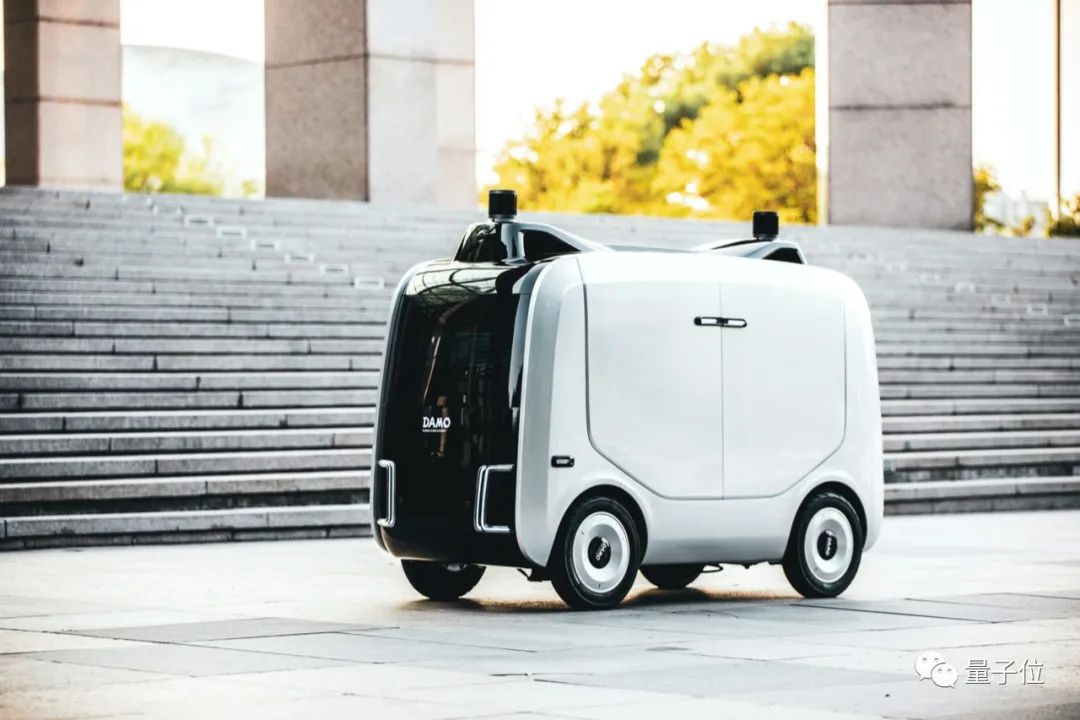

Ali's logistics robot - Xiao Man Donkey
The new member of Ali Zoo - the logistics robot - Xiao Man Donkey, fully autonomous driving, 4 degrees electric running 100 kilometers.
Unexpectedly, this is the master of the most cutting-edge AI and automatic driving technology of Ali Dharma Academy.
namedLittle donkey, four-wheel structure, cool appearance, flexible skills, and can shuttle in various end road scenes to complete delivery.
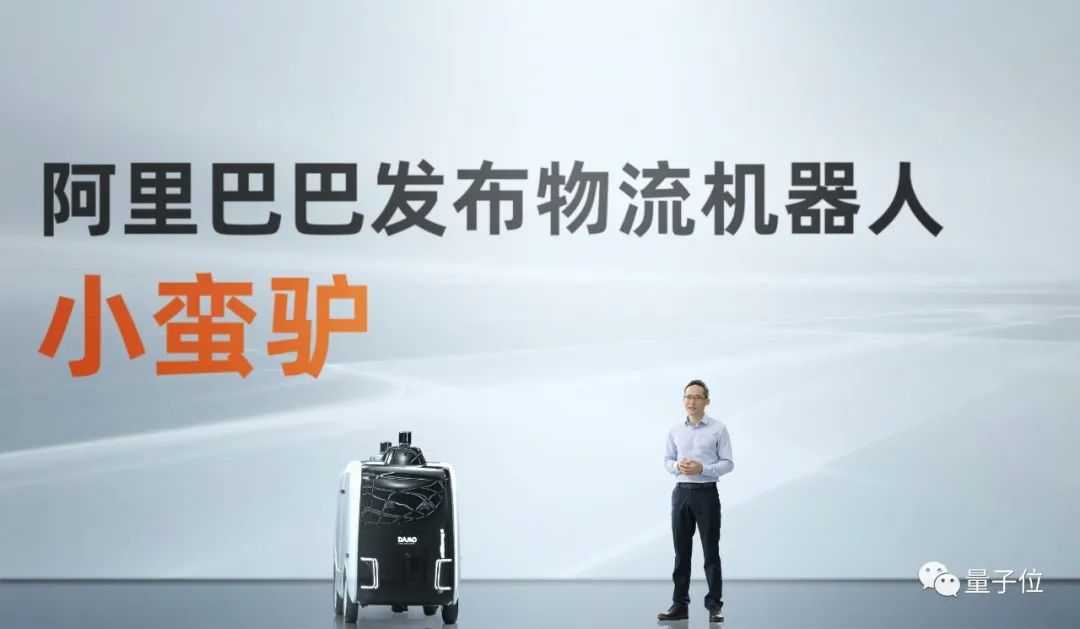
Ali explained that donkeys, as the most commonly used labor force for Chinese people in the past, are productivity tools that help people travel, go to market, and carry goods. And "Little Man Donkey" is positioned as a tool for going to the market in the digital native era.
It is as warm and cute as a donkey, reliable, humane, and has a "brute force" that must accomplish its mission. No fear of high temperature rain and snow, thunderstorms and lightning, extreme cold and heat. It also means that you are smart, capable, and safe.
As Ali's first logistics robot, Xiaomanlu has human-like cognitive intelligence, can easily handle complex road conditions, and can intelligently choose the optimal path. In case of emergency, the brain's emergency response speed is 7 times that of humans.
At the same time, the necessary conditions for large-scale commercial mass production have been achieved. In addition to low cost, there is also high reliability - quite hard-working, can run more than 100 kilometers on a 4-kWh charge, and can deliver up to 500 express deliveries per day. Thunderstorms, lightning, High temperature, rain and snow, and extreme environments such as garages and tunnels will not affect its performance.
Dean of Alibaba Dharma AcademyZhang Jianfeng(Xingdian) revealed that the little donkey has been tested in the real scene of the end, and will soon be used on a large scale in communities, schools, and office parks.
This also means: Ali, the giant, officially entered the robot track.
What is the composition of the little donkey?

Firstthe macroLook at the product.
Appearance parameters, the size of the small donkey is 2100*900*1200mm - 1445mm high with lidar.
The appearance of the body adopts silver-gray tone, with rounded lines and a sense of cuteness like a donkey.
It should be noted that the compartment compartments can be customized freely. According to the calculation of a maximum of 50 pieces of regular-sized express delivery/parcel/takeaway per vehicle and 10 deliveries per day, the peak capacity of the robot can reach 500 orders a day.
Because it is oriented to the terminal logistics scene and provides the last three kilometers of delivery, Xiaomanlu also has special adaptation and design in terms of speed, battery life and power consumption.
speedOn the other hand, the average speed is set at 15km/h and the maximum speed is 20km/h.
battery life, using a pull-out rechargeable battery, each charge is 4 degrees, and the cruising range is 102 kilometers. The electricity consumed by the robot for driving an average of 100 kilometers is less than the electricity used for a two-hour hot pot meal.
power consumptionOn the one hand, the working power is only 615w, which is less than half of the Dyson hair dryer (1600w), and less than one-third of the conventional household induction cooker (about 2000w).
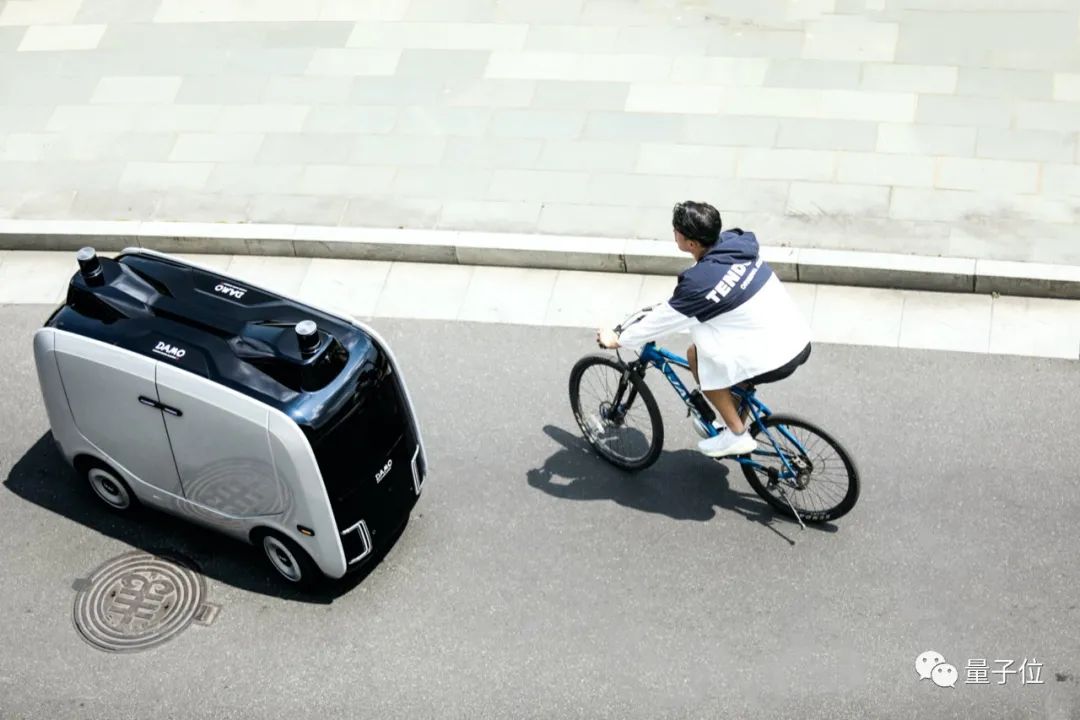
thentechnologyDimension dismantling.
The little donkey can be divided into three parts-friends who are familiar with self-driving cars may not be unfamiliar.
One ischassis, including the body and wire control integration, is the core body of the little donkey.
Moreover, Ali revealed that the supply of chassis and body is actually the same as that of cars, and comes from OEMs.
two issensor, the "eyes" of the little donkey give it excellent perception. One laser radar in front and one in the back, plus a surround-view solution composed of six cameras, as well as millimeter-wave radar, inertial navigation and other sensors, adopt a similar solution to the current most advanced driverless cars.
three iscomputing unit , the "brain" of the little donkey is also the place where the little donkey shows its technical strength the most.
The Ali Dharma Academy team built a heterogeneous solution, using the mutual cooperation of embedded GPU and FPGA, which can not only realize high-performance computing in complex scenarios at the end, but also reduce the cost and power consumption, which can be calculated by 1/3 reach the same level of intelligence.
GPUs can take advantage of computing performance, while FPGAs can reduce costs and make up for the limitations of GPUs in data transmission.
In the end, this set of embedded computing hardware + tailor-made algorithms and compression models by Bodhidharma Institute not only enables the little donkey to have L4 autonomous driving capabilities, but also has low power consumption and long battery life, laying the foundation for mass production and large-scale commercial use. Base.
So what kind of capabilities does the little donkey have with such an appearance and technical hardware?
Ali officially replied that the core is the most cutting-edge basic technology of AI and autonomous driving, and it has industry-leading competitiveness in three aspects: intelligence, safety, and mass production.

first of allintelligent, with human-like cognitive decision-making ability. It can drive freely in complex terminal scenes, safely avoid obstacles, and smoothly handle turning, emergency stops, meeting cars, reversing and other situations.
In the "internal test" of the previous two years, the automatic driving rate of Xiaomanlu reached "six nines" - 99.9999%.
Ali also revealed that it only takes 0.01 second for the robot to recognize the intentions of hundreds of pedestrians and vehicles; when it encounters danger and needs to stop suddenly, it only takes 0.1 second for the brain to complete decision-making, planning and issue control instructions.
followed bySafety, with five layers of security design, multi-level redundancy.
In terms of system architecture, there are brain decision-making, redundant cerebellum, abnormal detection brake, contact protection brake, remote protection, etc.
In addition, the remote driving system, that is, cloud-based driving, is responsible for remote human intervention in certain situations, such as encountering situations beyond the boundaries of the robot's cognitive ability, and because of the continuous popularization of 5G, this remote takeover Latency and security have also been further guaranteed.
at last,mass production, to ensure large-scale commercial use. On the basis of self-developed algorithms and in-depth customization, the overall cost of Xiaomanlu has been greatly reduced, which is only 1/3 or even 1/10 of some prototype products in the industry year-on-year.
And with the further integration of the supply chain and the reduction of costs such as lidar, the overall cost will be further reduced. This also means that after the small donkey takes the first step, large-scale commercial use will only be rolled out faster and faster.
However, that doesn't mean everything is easy.
Where is the challenge of the little donkey?
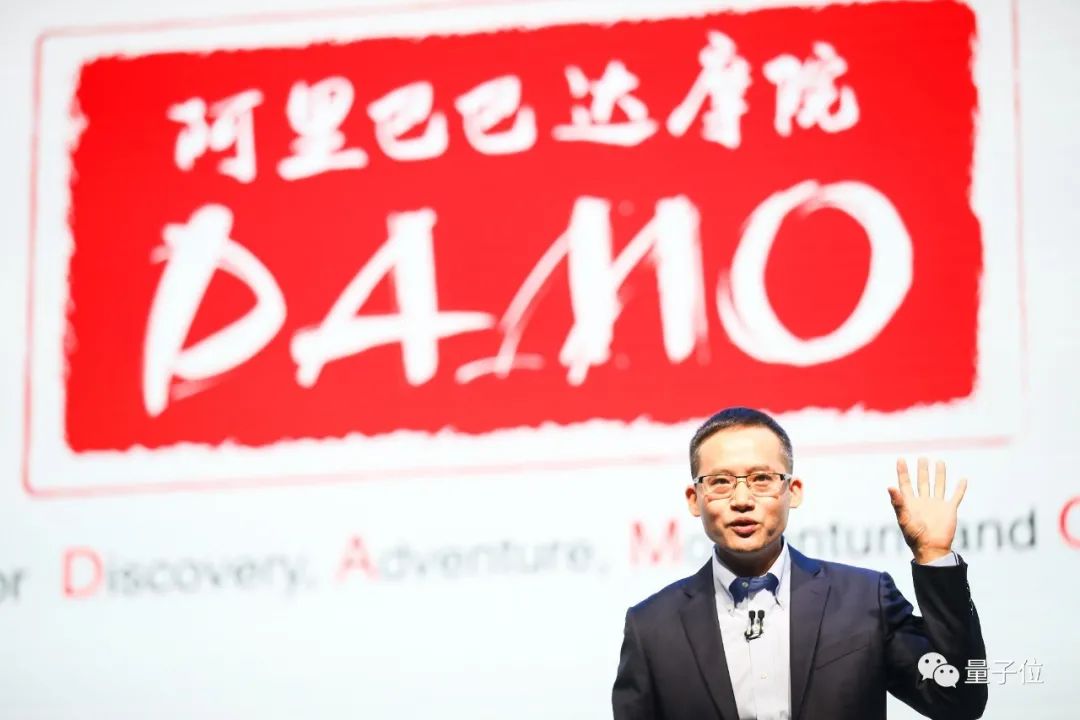
At the press conference, Zhang Jianfeng, President of Alibaba Dharma Institute, said:
The demand for logistics and distribution is exploding rapidly. It is estimated that in the near future, China will generate 1 billion distribution orders every day. Terminal logistics is the link with the highest cost and the lowest efficiency in the entire logistics system, and logistics robots are the solution provided by Ali.
Therefore, Ali's interests and motives for entering the field of logistics robots are very clear.
There is a chance. The cross-integration development of cloud computing, AI, 5G and other technologies is accelerating the evolution of robots, and robotic solutions are becoming a reality in various industries.
Robots and automation have always been the jewels in the crown of the manufacturing industry, but before the above-mentioned basic technologies, the specific products and effects have always been unsatisfactory.
With the development of next-generation information technologies such as big data, cloud computing, and 5G, robotics technology will evolve rapidly, software and hardware technologies will become more mature, costs will continue to decrease, and performance will continue to improve... An era of human-machine symbiosis is coming. Collaborative interactions with robots are just beginning.
According to the International Federation of Robotics, the upcoming robotics revolution will create a multi-trillion dollar market. Gartner predicts that the compound growth rate of the enterprise robot market will exceed 15% from 2018 to 2028, and the annual loading volume will increase from 2.8 million units to 11 million units.
There is also the temptation of location. China is recognized as the world's largest robot market. According to data from the Chinese Institute of Electronics, from 2014 to 2019, the average growth rate of China's robot market reached 20.9%. Among them, the growth rate of service robots is higher.
Among them, the market size of domestic service robots, medical service robots and public service robots in China in 2019 was US$1.05 billion, US$620 million and US$530 million, accounting for 47.7%, 28.2% and 24.1% respectively.
From a global perspective, China's robot penetration rate (density) in industrial manufacturing is already higher than the global average.
But even if it is as huge as Ali, it is not easy to win this "the jewel in the crown of the manufacturing industry".

There are three core challenges, each of which is a world-class problem.
one,Technical Availability and Reliability.
As for the terminal logistics scenario that Xiaomanlu will solve this time, on the one hand, it involves the most cutting-edge problems in the field of AI. In addition to perception and recognition in small-space dense scenes, there are also real-time dynamic intent analysis and cognitive evolution.
On the other hand, the "long tail challenge" is a headache for autonomous driving practitioners all over the world.
The little donkey is on duty, which can be regarded as a restricted area(ODD)Low-speed autonomous driving delivery in China.
However, although the scope of the conditions is relatively clear, as long as there are people in the scene and humans and machines coexist, they will always face potential unknown scenarios and problems. If the system has not learned and cannot respond intelligently, it will fall in the long tail challenge.
Moreover, autonomous driving is still an experimental science, and there is no formula or routine available for long-tail challenges.
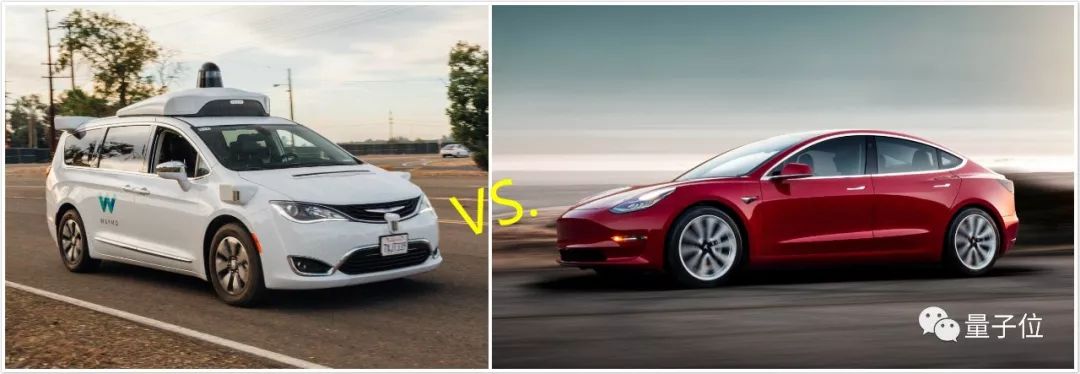
All over the world, one route is the road test, ODD, large-scale road test and trial operation pioneered by Google and Waymo. Finally, after sufficient scenarios and data iterations have been accumulated, the product and solution - RoboTaxi - will be launched to the market.
The representative of another route is Tesla. Directly in mass production and actual scenarios, let the AI driver continue to learn and iterate, and eventually evolve into a real RoboTaxi. But because Tesla, as a car company, is a high-speed and complex open road, such a plan has always been criticized for being too radical.
So from the perspective of the two routes, there is no successful path for Ali and Xiaomanlu to follow.
two,mass production.
It not only involves cost and resources, but also needs to take into account efficiency and safety. It is a practical application problem to find the optimal solution.
If the cost of self-driving vehicles in the industry is tens of millions, it is hard to say mass production. If the challenges of computing power and power consumption are not solved, large-scale commercial use is out of the question.
three,Technology and business models must form a closed loop.
Whether it's Google's Waymo or Musk's Tesla, the ultimate goal is to use AI drivers to liberate humans from driving behavior, and they are all rushing to realize RoboTaxi.
But Musk finally chose the widely criticized shadow test mode, which is also inseparable from the challenge of closed-loop business model.

If cash flow cannot be generated until RoboTaxi is actually realized, Tesla, without the support of other cash cow businesses, may not survive the day when RoboTaxi is actually realized.
Therefore, although Ali Xiaomanlu is now taking the first step to load goods in the end scene, the above three challenges not only need to be solved, but also need to be excellent in triathlons and events.
So now, what kind of confidence does the little donkey who is publicly calling for mass production, commercialization and large-scale start-up have?
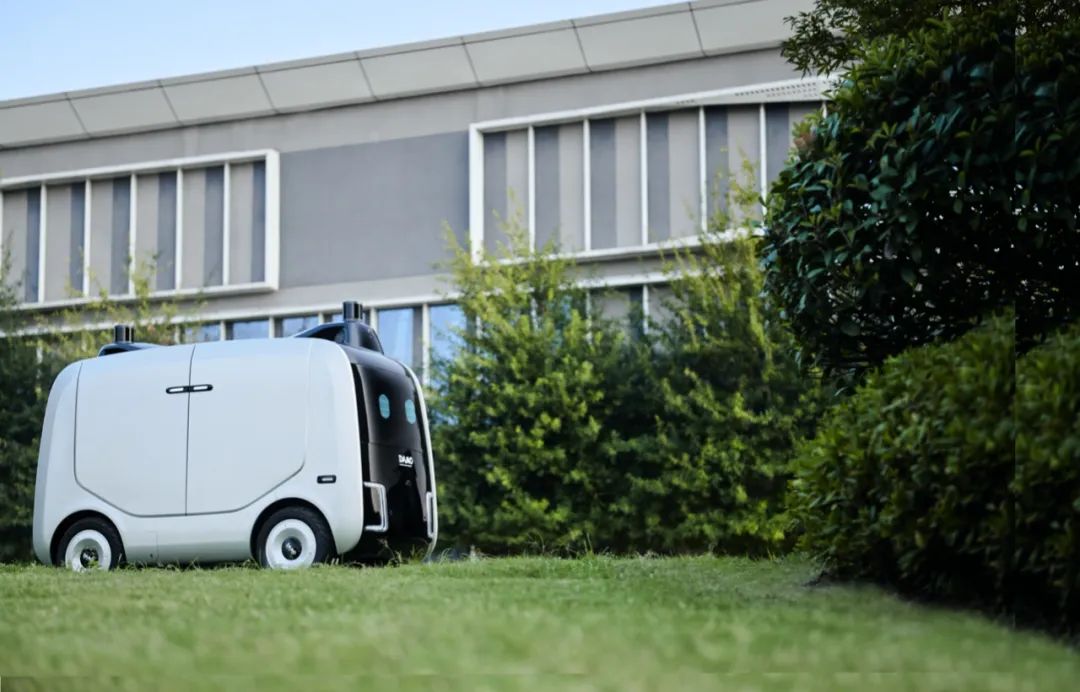
Ali solves the problem: How to make a little donkey?
The core confidence comes naturally fromtechnologyconfidence.
In addition to the sensors and computing hardware mentioned when deconstructing the composition of Xiaomanlu, the Ali team believes that the most technologically advanced is its self-developed self-driving machine learning platform:
AutoDrive.
The essence of the platform is to use machines instead of humans for algorithm tuning and model optimization, so that the AI model can achieve cyclic iteration and evolution in the data, and can solve long-tail problems more and more intelligently and efficiently.
Wang Gang, head of the autonomous driving laboratory of DAMO Academy, said that the development law of artificial intelligence to solve problems must be to continuously reduce human participation.
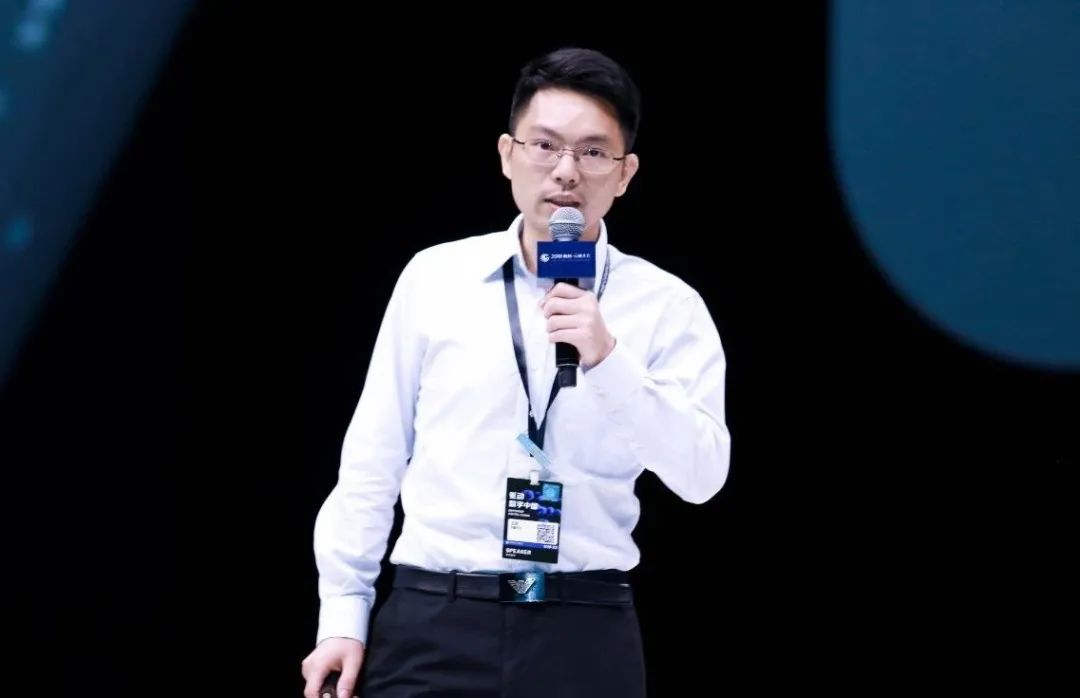
So in the whole process of building the little donkey, they always adhere to this concept:
Continuously turn artificial rules and methods into calculation-driven and self-learning, and bid farewell to the embarrassment of how much intelligence can only be achieved by artificial intelligence.
Therefore, under the function of AutoDrive's "big and medium platforms", it can perform self-learning based on complex multi-modal autonomous driving data, and iterate the algorithm iterations of "small front desks" such as service perception, positioning, decision-making, and control, which solves the cost of manual parameter adjustment. High, low efficiency, and uncontrollable results.
In addition, based on the support of the AutoDrive platform, "small front desks" such as perception, positioning, and decision-making planning can continuously propose lighter and faster algorithm models.
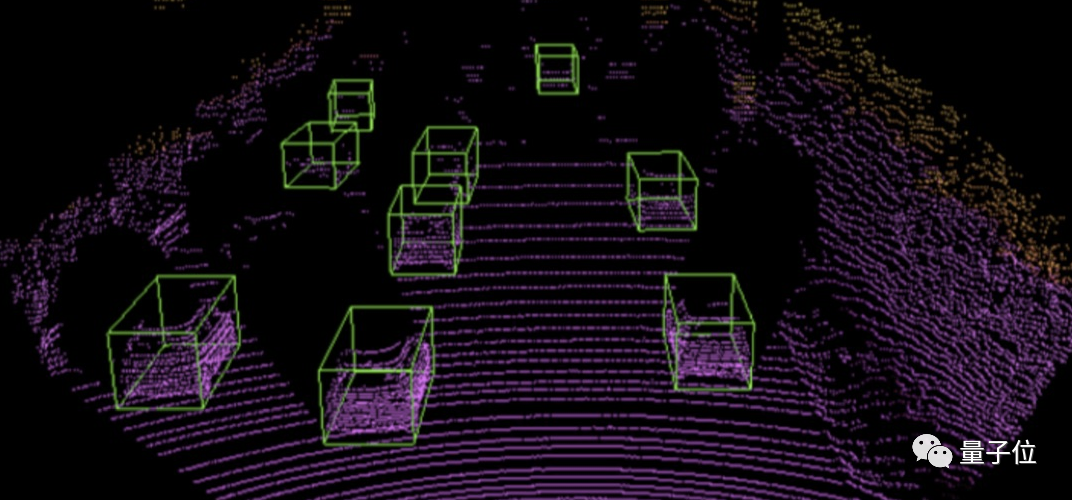
In terms of perception, the 3D point cloud semantic segmentation algorithm self-developed by Dharma Institute enables the little donkey to recognize centimeter-level obstacles;
High-precision positioning, which can achieve centimeter-level high-precision positioning in the absence of GPS or weak GPS environment;
Intention prediction ability, it only takes 0.01 second to distinguish the action intention of more than 100 pedestrians and vehicles.
...
In short, AutoDrive is also Ali's solution to the long-tail challenges of autonomous driving.

On the route, they combined the essence of the Waymo route and the Tesla route, and continuously implemented iterations in real-world operations within a limited area scenario.
However, there are multiple redundancies in terms of security, from redundancy in technical solutions to safety redundancy in operation, which guarantees large-scale commercial implementation.
Of course, the confidence of the little donkey is undoubtedly supported by Ali's comprehensive strength and Ali's economy.
Although AutoDrive solves the problem of data and model iteration, without the support of large-scale computing power, it seems to be empty talk.

In fact, during the research and development of Xiaomanlu, Dharma Institute built its own autonomous driving cloud platform from the very beginning, and moved massive data (scene database, autonomous driving data, and data collection vehicle data) to Alibaba Cloud.
Open up a complete system of data collection, data labeling, simulation, model training, and evaluation, and carry out data management, simulation testing, and algorithm model training on the cloud, which greatly improves the efficiency of autonomous driving algorithm research and development.
Based on this autonomous driving cloud platform, Dharma Institute launched the world's first autonomous driving "hybrid simulation test platform".
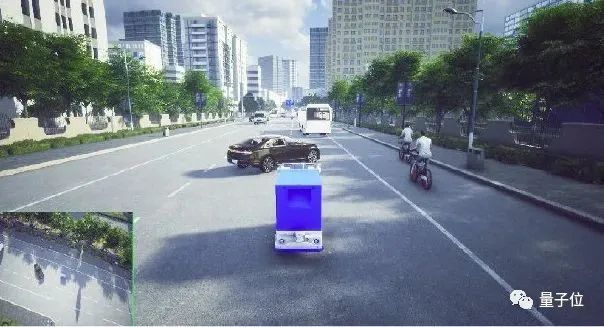
The platform adopts the simulation technology combining virtual and reality, introduces real road test scenes and cloud trainers, and only needs to simulate an extreme scene once.30 seconds, the daily virtual test mileage of the system can exceed8 million kilometers, greatly improving the efficiency of autonomous driving AI model training.
Ali's economy, on the other hand, provides the most direct application scenario.
Although Little Man Donkey was only released today, Ali revealed that the internal beta operation started two years ago.
The core internal test scenario is to combine delivery with Cainiao Post, real scenarios, real problems, and the business model is also very straightforward.
Xiaomanlu revealed that Cainiao is now the largest internal customer, and will cooperate more deeply with Cainiao Post in the next large-scale landing.
Therefore, the release of the little donkey is by no means the "appearance" of the delivery of the black technology of Dharma Academy.
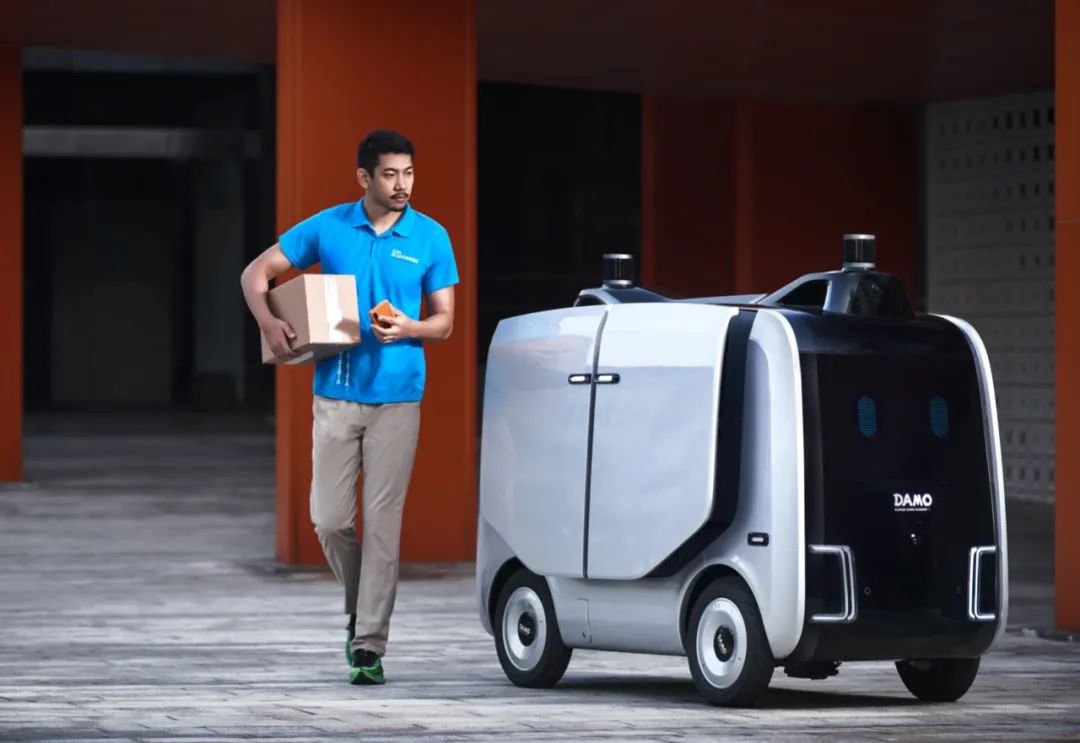
This "new species" that has just joined the Ali Zoo is a technological achievement accumulated over time in the entire Ali economy and ecology.
Little Man Donkey is the latest fruit of Ali's infrastructure.
This also reflects from the side that logistics robots are not so easy to enter the market. Even a giant like Ali with top technology, strong resources and a self-consistent economic ecology has accumulated for 3 years before it has a phased answer.
Interestingly, whether it is robots or autonomous driving, the outside world has long known that Ali is developing it.
There are also frequent ridicules of "it's a mule or a horse that comes out for a walk".
Unexpectedly, it was a little donkey who finally stood on the headlines of Alibaba Yunqi Black Technology's annual release.
So it is also time to answer this third-party observation question.
How would you rate Little Donkey?
First of all, little donkey, reallyVery Ali.
This is a balanced concept of technical idealism and pragmatism. The Ali team that built the little donkey from scratch, fromDAMO Academy Autonomous Driving Laboratory.
This is an internally formed team in 2017. The person in charge, Wang Gang, is a Ph.D. from the University of Illinois at Urbana-Champaign, and a former tenured professor at Nanyang Technological University in Singapore... It is said that he volunteered to start Ali’s autonomous driving research and development, and then got the support of Zhang Jianfeng. Year.
Wang Gang, who was born as a scientist, is well aware of the core challenges of autonomous driving—essentially an experimental subject, which requires continuous learning based on cases and examples, and continuous advancement of technology through scenario reversal.
At the same time, there are technical ideals, but commercial methods must be used to force scientific problems to be solved.

Generally speaking, there are two ways to turn a scientific subject into a commercial paradigm:
One is to solve problems to the greatest extent without any conditions and resource constraints, and then seek commercialization opportunities in the process. Many technological entrepreneurship in human history have been diverted to this backbone.
The other is to have a clear domain of definition at the beginning, and then seek the ultimate optimal solution.
Wang Gang admits that the little donkey belongs to the latter category. Since the exploration three years ago, they have decided tointelligent,Safety,mass productionFinally, in the field of logistics robots, we have found the key to the perfect implementation of AI and autonomous driving at this stage, promoting the evolution of autonomous driving technology from vertical scenarios to broader scenarios.
The big logic is very clear. You still don’t know where the capability boundary of autonomous driving is. If you can’t define it at the beginning, it will become a process of constantly finding the boundary.
And this logic of thinking and solving problems seems familiar.
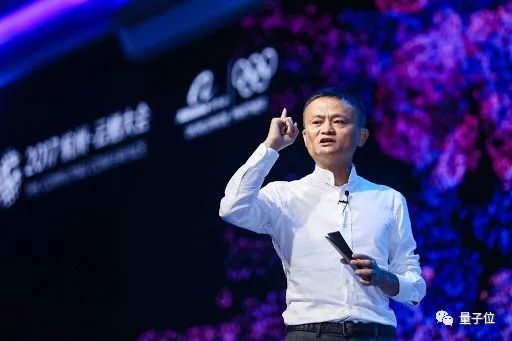
Because when he initiated the founding of Bodhidharma Academy, Jack Ma said this:
Research should not be Research for Fun (research for happiness), nor Research for Profit (research for profit), but Research for solving the problem with Profit and Fun (research for solving problems and bringing profit and happiness).
For fun goes too far, for profit goes too close, neither can go long. How big a company is depends on how many social problems it solves. This is the logic of Alibaba's thinking.
Therefore, the release of the little donkey is not just a product debut, but arobot platform,byXiaomanlu Intelligent Technology Co., Ltd.debut.
Ali's way is consistent.
Secondly, Xiaomanlu also demonstrated Ali's platform logic, ecological logic, and infrastructure logic.
The first step after the debut of Xiaomanlu is to commercialize it on a large scale in the terminal logistics scene, providing delivery services for the last three kilometers.
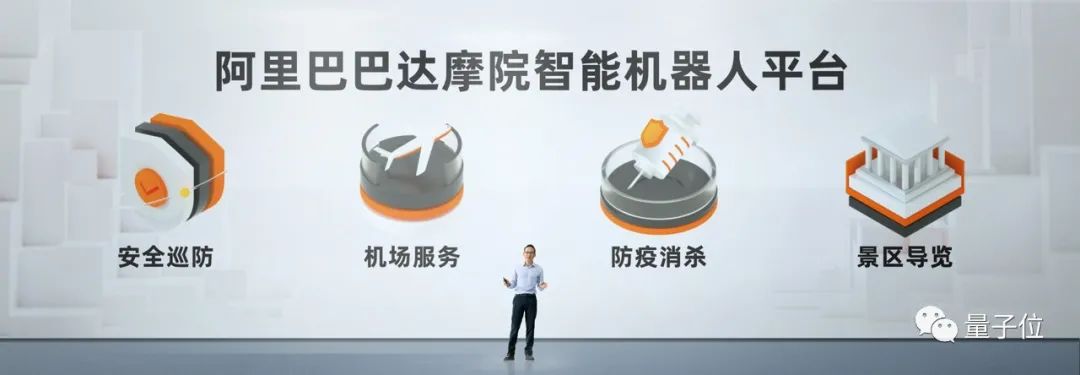
At the same time, namedsmart robotThe platform is also launched today.
This platform is to be open to Xiaomanlu to test the mature robot general technology and capability modules. Users can quickly develop robots in various scenarios on the platform.
Ali officially announced that in addition to wheeled robots, the robot platform will also develop different types of robot products such as bipeds and crawlers, which can be used in scenarios such as fire fighting and disaster relief, epidemic prevention and disinfecting, airport services, scenic spot guides, and security patrols.
Therefore, it can be deduced from this that the boundaries of this platform will certainly not stop at logistics or service robots.
From the very beginning, Little Donkey is a product of AI and autonomous driving technology, and in the field of AI and autonomous driving, there are still larger scenarios and ecology to expand.
Compared with the representative of the little donkeyRoboDeliverFreight direction, on this track, there are more familiarRoboTaxi.
Will Ali stop at an open platform for freight and services?
Certainly not.
Perhaps one day in the future, the company Xiaomanlu will, like Brother Pingtou, shout out "Let the world have no difficult robot automatic driving".
In this sense, the essence of Little Man Donkey is the fruition of Ali's mission and vision in the autonomous driving of AI robots.
Now, Ali's first step into robots has been officially taken.

Wisdom City Network—continue to pay attention to the development of smart cities.
